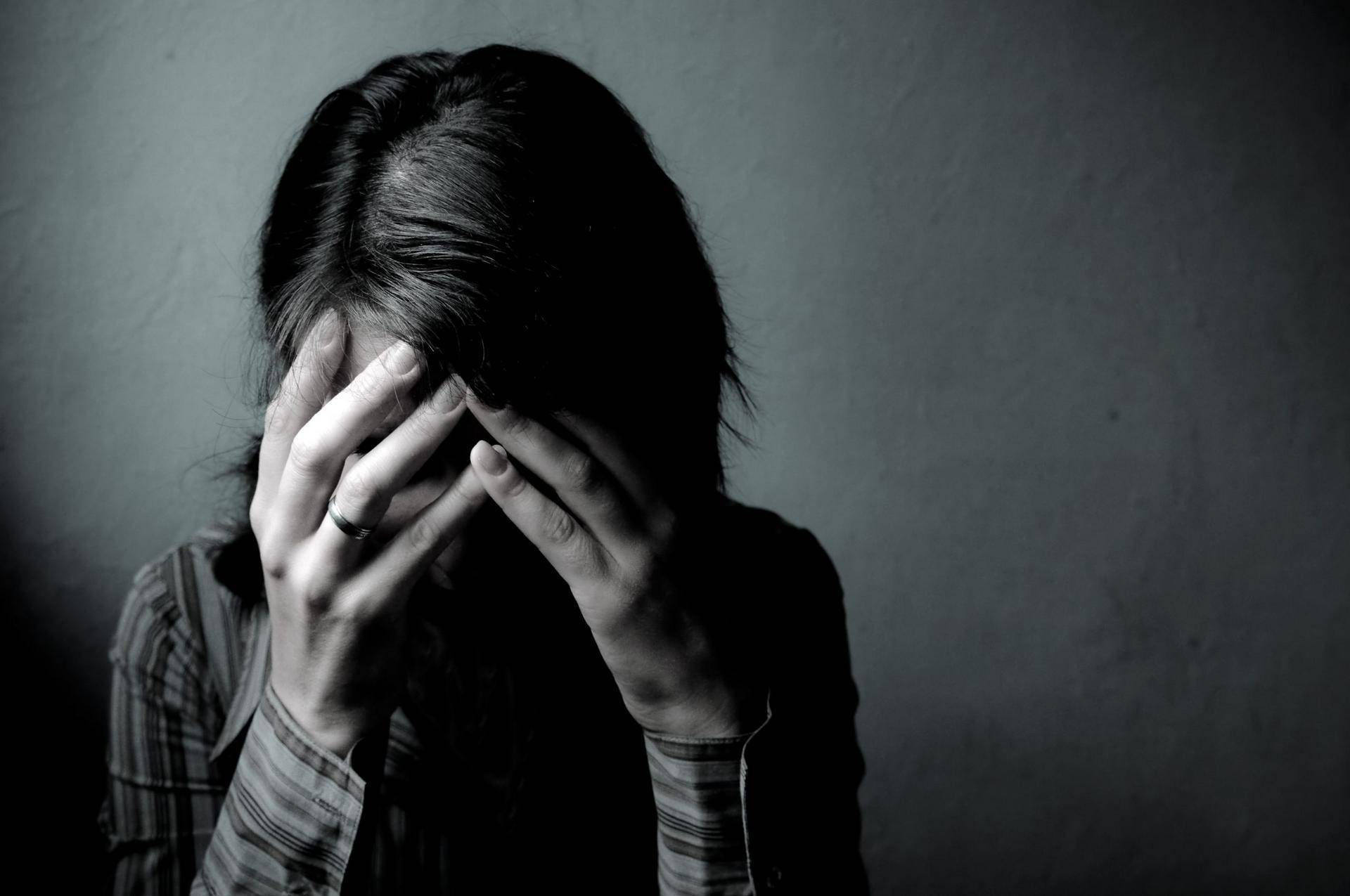By Julene Reese
According to the Utah Department of Health, suicide is the eighth leading cause of death for Utahns, with an average of 657 suicides per year. The Utah suicide rate is consistently higher than the national rate, and more deaths result from suicide than from motor vehicle crashes, breast cancer, or other chronic physical health problems.
September is Suicide Prevention Awareness Month – a time to increase awareness, spread hope, reduce stigma and share important information. A recently released report by the Utah State University Utah Women & Leadership Project’s (UWLP) sought to better understand the gender-related risks of suicide to help protect Utah girls and women.
Research shows that men are more at risk of dying by suicide than women, but women are more likely to attempt suicide. Girls and young women ages 10–24 had suicide-related emergency department visits (487.9 per 100,000) at twice the rate of men and boys that same age (203.3 per 100,000). Further, the rate of emergency department visits among girls in 2019 doubled compared to 2001 (244.3 per 100,000).
Susan Madsen, founding director of the UWLP and one of four report authors, said for every death caused by suicide, there are approximately 25 suicide attempts and even more people who are seriously considering suicide.
“We hope this report will help raise awareness of this serious issue and offer recommendations that can empower more Utah girls and women to live fulfilling and productive lives,” she said.
Seven key findings surfaced as specific risk factors for girls and women.
- Suicide attempts vs. deaths: Although men typically have a higher risk of dying by suicide, women are more likely to attempt it.
- Eating disorders: Suicide is the second leading cause of death in those with anorexia, which occurs three times more in women than men and is estimated to increase the risk of suicide 50-fold.
- Hormonal fluctuations: Women are more susceptible to mental illness during times of hormone fluctuations, including puberty, pregnancy, menstrual cycle changes and menopause. One study found that 25% of women who died by suicide were menstruating at the time of death. Women who experience postpartum psychosis have a seven-fold increase for suicide risk in the first year after childbirth.
- Pregnancy, fetal loss and fertility challenges: Pregnancy is often a protective effect against suicide. However, the protective factor may be reduced in pregnancies that end in stillbirth or miscarriage or if the pregnancy is unwanted. Women unable to conceive after fertility treatment can also be at higher risk for suicide.
- Mental health: Serious mental illness rates are higher among females (7%) than males (4.2%). Women may seek treatment more often than men, but women may also underreport mental illness symptoms because of cultural factors, family values, stigma and fear.
- Sexual abuse and childhood adversities: Childhood sexual abuse is more common in girls than boys, and sexual abuse increases vulnerability to subsequent psychopathology and adverse life events. This can be associated with suicidal behavior. Nearly 13% of Utahns reported being molested before the age of 18, and girls make up a significant percentage of the victims.
- Marital status and intimate partner violence: Marriage is often a protective factor against suicide, but it may be less protective for women than men, especially for those who marry young, are economically dependent on their partner or have low socioeconomic status. One of the most significant risk factors in suicide for women is intimate partner violence.
Specific risk factors for Utah women include domestic violence and dating issues, religious dissonance, opioid and substance use, and LGBTQ+ identifying populations.
“By promoting education, economic security and empowerment of women as an integral part of suicide prevention, Utah will be better able to reduce suicidal ideation and rates within our female population,” said Kristy Hodson, instructor, College of Health Professions, Western Governors University, UWLP research fellow, and lead report author.
The report includes multiple recommendations to help decrease suicidal behavior among Utah girls and women. Some include: 1) Avoid normalizing or glamorizing suicide and emphasize that many individuals who have contemplated or attempted suicide have gone on to live healthy, normal lives. 2) Create preventative messages that promote hope and healing through empathy, warmth, and inclusivity while avoiding negative language and judgments. 3) Teach coping skills, problem-solving strategies, communication and resilience training. 4) Increase gender-specific training for programs and resources already in place, such as the Utah Suicide Prevention Coalition, Live On Campaign and crisis helplines. 5) Increase the connectiveness of girls and women in Utah through encouraging healthy social connections, meaningful, supportive relationships and inclusion.
“Through promoting acceptance, respect, healing and recovery, women in Utah most at risk for suicide can recover and live whole, healthy, productive lives,” said Madsen.
Additional researchers for the report are Chloe Bhowmick, UWLP research fellow and clinical psychologist, and Cindy Jenkins, UWLP research associate and USU Extension assistant professor.
To see the full report, including references, click here. For further information on UWLP programs and projects, visit utwomen.org.

